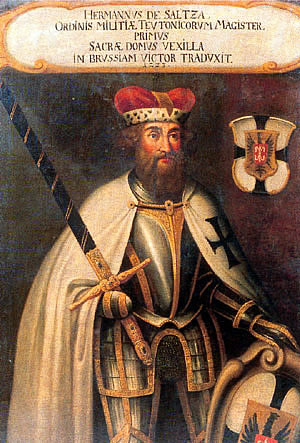We just learned about the South Pole.
Another part of Antarctica is the Antarctic Sea Ice.
We've learned before about the big Antarctic Ice Sheet that covers the continent.
And we've learned about the Ice Shelves that stick out from the Ice Sheet above the water.
The ice shelves are very thick, sometimes 1 kilometer deep.
Sea ice is a lot thinner, and is usually only a few meters thick.
Sometimes it is touching the shelf ice, and sometimes it's just floating out in the ocean close to Antarctica.
During the winters in Antarctica, the frozen sea ice goes out very far from the main land of Antarctica, and then in the summer most of it melts back to the ice shelves.


(from: wikipedia - antarctic sea ice)
Kid Facts - Blast from the past: Barbican






